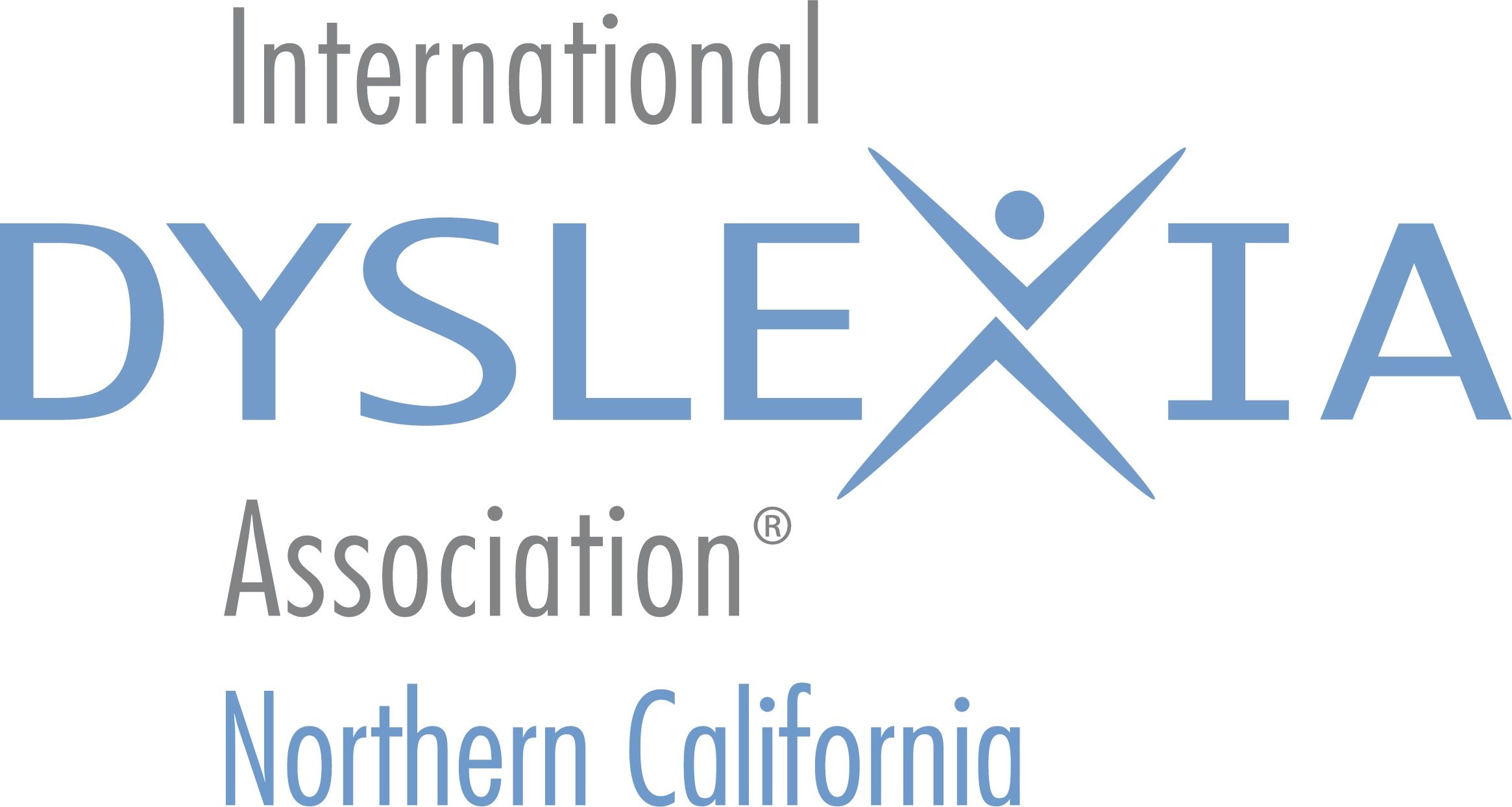A Mid-Peninsula School District Shifts to Structured Literacy
Switching from balanced literacy, an approach entrenched in California’s public school system, to structured literacy has plenty of science behind it. But it needs committed administrative staff and teacher buy-in to make the transition work. San Mateo-Foster City School District laid extensive groundwork before beginning a shift this year to structured literacy in all K-2 classes. In the first year of a 5-year implementation process, they are already seeing impressive results, according to Pam Bartfield, Director of Curriculum and Instruction.
Big Gains in All Three Grades
A comparison of assessments from September 2022 and January 2023 measuring the percentage of all students meeting or exceeding standards showed big gains in all three grades. Kindergarteners jumped from 48% to 75%; first graders from 46% to 65%, and second graders from 58% to 68%. Gains were seen in all key demographic groups, including English learners. The kindergarten assessment measured awareness of letter sounds, while the 1st and 2nd grade assessments looked at single word decoding ability.
Bartfield, a 20+ year district veteran who has served as a classroom teacher, principal and district administrator, said that currently the district uses Benchmark Advance for its core foundational literacy skills curriculum and is supplementing that in grades K-2 with PAF (Preventing Academic Failure). The latter is a multisensory, Orton-Gillingham-based reading intervention program that integrates reading, writing, and spelling and also includes a bilingual component. Bartfield said that the district no longer uses Fountas & Pinnell leveled readers, and instead works with decodable text provided in these new programs.
So, how did this district make the shift?
Teacher Buzz and Administrative Commitment
It is unquestionably a team effort, said Bartfield, but two essential elements in a successful transition are a commitment to change at the policy level and positive buzz at the teacher level.
The policy change became possible with a shift in administrative personnel. Bartfield, who took on her current role in 2021-22 school year, is passionate about ensuring all children can read. Her own exposure to structured literacy only came when she’d left the classroom for administrative work. As a classroom teacher, she had faithfully implemented balanced literacy with its reliance on context and picture cueing. “I didn’t know better,” said Bartfield. “When I did, I cried thinking about the kids I could have helped.” Another key piece has been the ongoing commitment of the new, data-driven district superintendent, Diego Ochoa. He had made some shifts toward structured literacy in his previous school district and has provided strong support for the transition. Last year, the district developed a strategic plan that made closing the achievement gap a key goal. “That includes closing the literacy gap,” said Bartfield.
To build teacher enthusiasm, the district made professional development funds available to teachers in any grade who were interested in taking a one-week virtual Orton-Gillingham training from the Institute for Multi-Sensory Education (IMSE). About 100 teachers from grades K-8 took the district up on that offer from summer 2021 through the 21-22 school year. “That created a definite buzz around structured literacy,” said Bartfield.
Training and Support for All
With the new foundational literacy skills program ready to launch, every one of the district’s 150 K-2 teachers was trained in the new curriculum over summer and fall 2022. In addition, teachers are receiving ongoing classroom support from a team of 23 K-2 language and literacy ToSAs (Teachers on Special Assignment), who teach and co-teach small groups and support assessment and professional learning.
Challenges remain, said Bartfield. We get feedback from some teachers wondering how they can fit all this in with everything else, she said. Bartfield is also working with the Director of Multilingual Services on vocabulary supplementation to ensure students can not only decode but also know the meaning of the words they are reading in English. “We also want to make sure that the read-aloud, and expressive language components all keep happening,” she said.
“Administrators have to have a positive attitude, along with empathy and understanding,” said Bartfield. She notes that some teachers have been waiting for this transition, but for others, it requires them to rethink the way they were taught to teach reading.
It can also be helpful for administrators to step outside their district for perspective and support, said Bartfield. In the San Francisco Bay Area, Palo Alto Unified School District School Board Member Todd Collins and East Bay educator and literacy advocate Kareem Weaver are powerful advocates for the science of reading, and a good resource for districts interested in transitioning to structured literacy.
“It takes time for change to become part of the culture,” said Bartfield. It will be time well spent. “As a teacher, I saw what happened when our kids couldn’t read in middle school. There’s no excuse for that anymore—we have the tools to build strong readers.”
–by Leslie Lingaas Woodward

